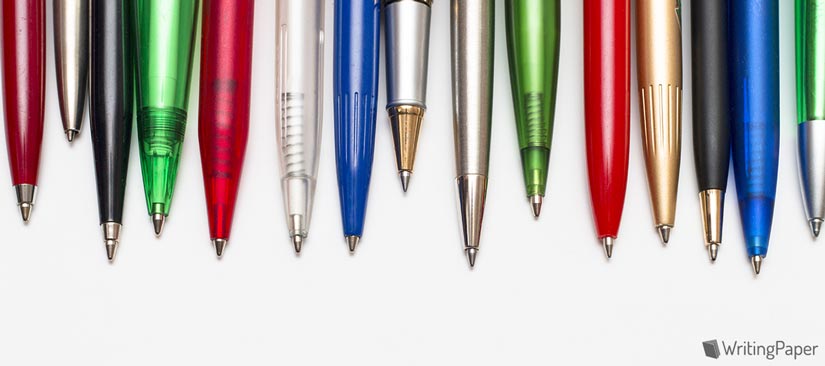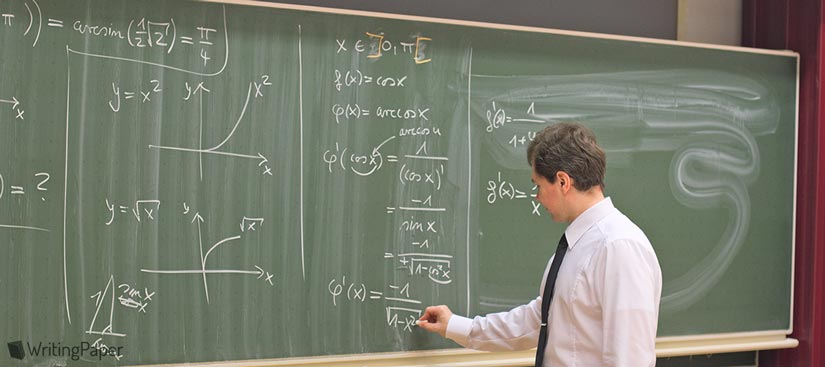
Did you know that you can turn your illegible text in a notebook into a powerful weapon against gaps in your knowledge and an irreplaceable ally as a part of preparation for test or exam?
Taking notes is an effective way to memorize all significant ideas and concepts your tutor emphasized during the lecture. Moreover, taking notes somehow forces you to listen what your professor is talking about, at least partially. What is more, at the very moment of making notes, while you grasp what is going on in class, you can write down all concepts, terms, and definitions in the most suitable way for you.
Moreover, narrowing down all the material delivered on lecture to the main ideas, you point out the most essential moments from teacher’s words; that can greatly facilitate your exam preparation. It is a common fact that very few number of professors strictly follow the textbook. In test, there are more chances to see the questions connected directly with delivered lectures. In addition, in the course of lecture, the professor can give slight hints or allude what exactly you should expect from your test.
Quality notes likewise help you feel more composed and disciplined. Having a feeling of organization will build your certainty, which will thus increase your performance in the day of test.
Methods to Take Effective Notes
Frankly speaking, there is no right or wrong method of taking notes because we all are individuals with different perception of information and the vision on how to structure it. You can even build up your own style of note taking which will be the best for you. However, we can try to highlight the most general tips that will surely not let you down.
#1: Meet a Situation Head-On

Try to bring a little bit more than one pen or pencil plus one notebook for all subjects. As far as it often happens that when you need a piece of paper or an extra pen, everybody around you pretends deaf. That is why, be your best partner! Also, buy colorful highlighters to turn boring note taking process into bright notebook coloring, your personal crown jewel to show off to tutor and classmates.
#2: Talk Less – Listen More
Turn your cell phone off, forget about all distracting things around you. Do not talk to other students and cast a malignant glance at everyone who is a cause of noise in a classroom. Try to focus only on instructor. Remember that you have to choose selectively what should be written.
That is why undertake the following steps when you are listening the lecturer:
- Analyze the information;
- Classify and cluster it. Define what is needless to write, what must be written down, and what can be written as a general idea in few words;
- If you are ever in doubt, it is probably a good idea to take a quick note;
- During writing, highlight the definitions, terms, and sections’ headings;
- Make notes with another color pen on margins (what you should remember);
- Draw arrows and pointers, connecting different parts and pieces of information;
- Contract long words, use abbreviations for the most common in your field definitions and phenomenon.
- If it is possible, draw schemes and tables.
- Write down and draw in your notebook everything that the professor is writing, even though you have no clue what it means, later, for sure, you will thank yourself for that.
Note: Visual information is easier to apprehend later on!

#3: Develop Your Own Style
As it was already mentioned, we all are unique and the way the information is clustered and written in your notebook can be effective as well as detrimental for the overall apprehension. That is why it is critical for you to develop your own approach to the notes taking process.
For example, you can apply one of the approaches practiced among the simultaneous translators. In the field of translation, there is a special system of signs and symbols to define certain concept or phenomenon (like Chinese hieroglyphs). In the same way, you can create your own system of “hieroglyphs” to name the most common concepts or frequently used words.
#4: Compare Notes with Other Students
Comparing notes to other groupmates is a compelling, yet underutilized procedure. Numerous students just make a request to see other groupmate’s notes when they were absent on a lecture. By contrasting notes of others, you increase your general point of view and can see what different students in the class observed to be notable data.
Working together and talking about themes aired in class not just helps you better comprehend content for an upcoming test, yet it likewise gives you profitable understanding about how different students have figured out what was told on lecture delivered even by the most requesting teachers. Become more acquainted with those of the best note takers and define a period after class every week to share any useful info between each other. This is also an open door for you to test your understanding of the material by endeavoring to explain it to the others.
#5: After Class Editing
After class, it is a good thought to proofread your notes and make any vital alters. Regularly, notes look out chaotic and confused on the grounds that you are attempting to follow the teacher’s thought during the lecture forgetting about the structure and logic in the notes. It is justified regardless of the extra time to revamp your notes in a more organized way. Likewise, inquire about any terms or ideas you did not totally comprehend in the class. Notwithstanding whether you grasp notes written by hand or electronic ones, you ought to date your notes and reference every part in your course book for simple query later on.
